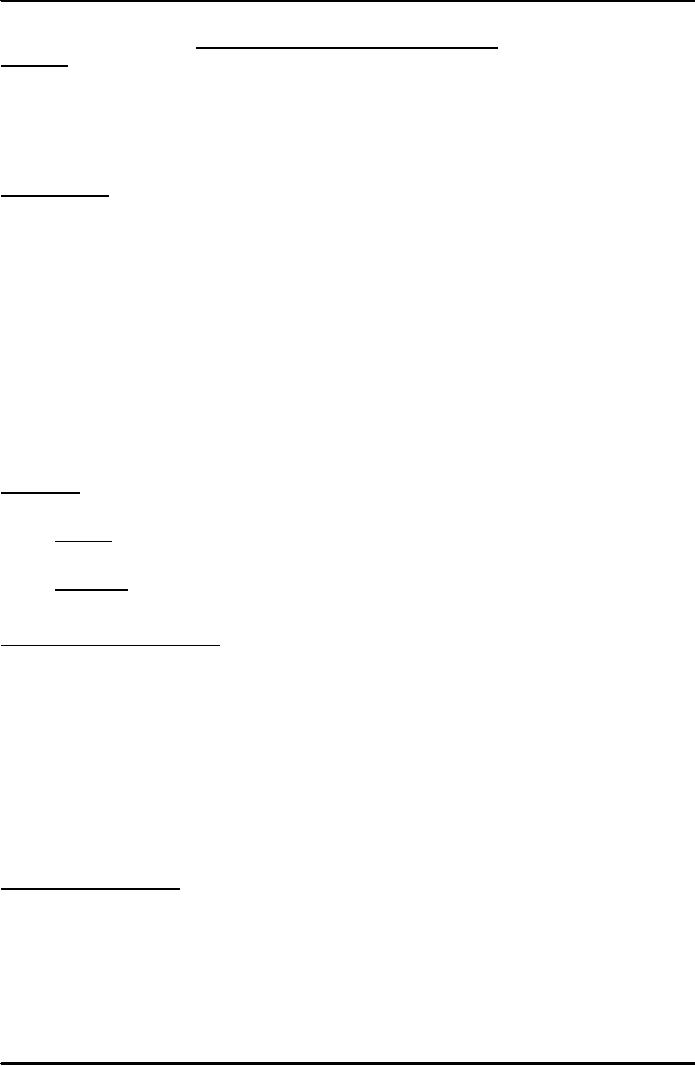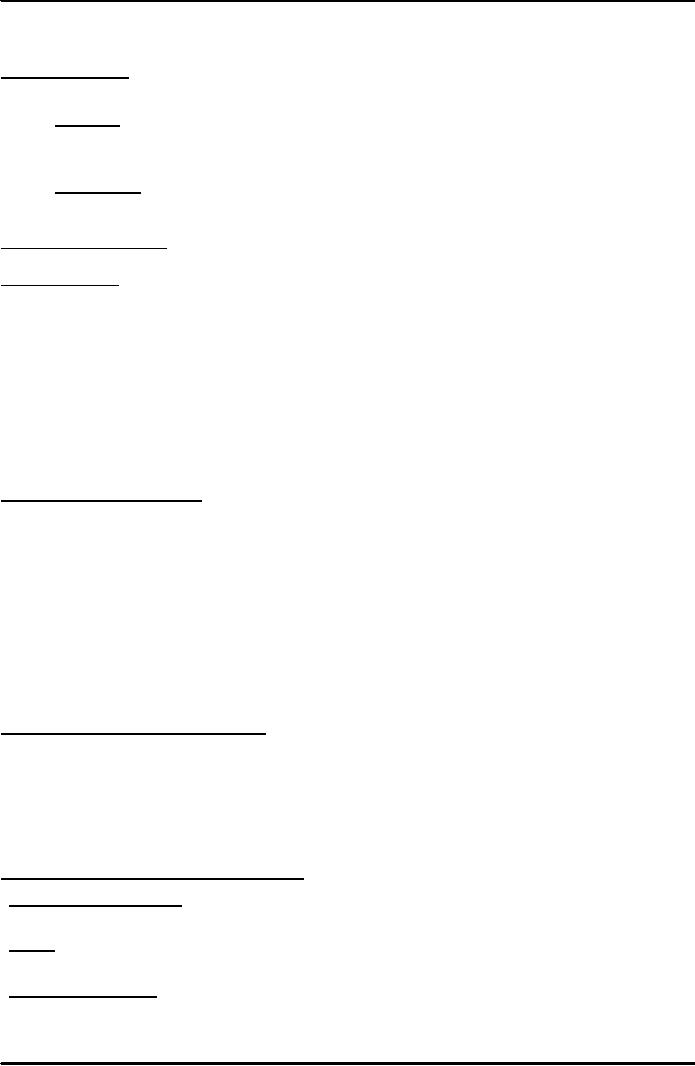 |
PUBLIC RELATIONS AND RESEARCH:Planning Phase Of Research |
| << PUBLIC OPINION:Identifying Priority Publics, If Goal Is Attitude Change |
| PR AND RESEARCH:Unobtrusive Measures, Questionnaires For Survey >> |

Fundamentals
of Public Relations MCM 401
VU
Lesson
32
PUBLIC
RELATIONS AND RESEARCH
Overview
Public
relations strategy can be more effective
and successful if it is backed up by
research for collecting
and
remaining
abreast with happenings and
events pertaining to either the relevant
subject or generalized
facts
required
and usable in appropriate situations.
This is what we will cover in this
lecture besides
identifying
methods
to conduct research and various
desired objectives, advantages
and procedures to evaluate
the
benefits
and results of such
research.
PR
& Research
What
is research is an important question required to be
answered.
Two
eminent management and
public
relations
experts defined and explained
research as under:
"Research
is the one important source of
Ideas
for public relations
practice."
---
Edward J. Robinson
Management
Training & development
Authority.
"We
can't manage what we don't
measure."
David
R. Drobis
Chairman,
CEO, Ketchum Public Relations
Worldwide.
"No
Public Relations strategy can succeed
without background and
knowledge of a Situation."
---
M. Tariq Bucha
President
Pakistan Public Relations
Society.
2
Methods.
Following
are two main universally
accepted methods of conducting
research.
�
Primary
Collecting
raw data that has
not been compiled before.
�
Secondary
Reading
or consulting available material that
someone else has compiled
before.
What
Questions Need
Answers.
While
conducting research there are
certain important questions
which need to addressed and
answered.
�
Who
are our publics?
�
What
is our action / message?
�
What
channels of communication reach
our publics?
�
What
should we do to keep in
touch?
�
How
will this activity be understood by our
publics?
�
What
will our publics say or do as a
result of our
efforts?
�
What
is their feeling about
us?
What
Does Research Do?
One
important question is regarding the
objects achieved by research.
Following are few important
support
factors
resulting from research.
�
It
supports audience.
�
It
supports media & trend
analysis.
�
It
does message
testing
�
It
does issue monitoring,
forecasting & evaluating.
78

Fundamentals
of Public Relations MCM 401
VU
�
It
often provides essential data
for effectively presenting
information.
Research
Sources.
Following
are two important and
significant sources of research.
�
Scholarly
Academic
institutions and faculty do scholarly
research, sometimes with
funding from the government,
foundations
or from professional
associations.
�
Commercial
This
is done by research firms, advertising and Public
relations firms / agencies & other marketing
related
companies.
How
To Use Research?
It
is imperative and pertinent to determine
what the possible ways to use
research with advantage
are.
Basically
6 ways.
�
To
formulate strategy.
�
To
gauge success.
�
To
test messages.
�
To
size up competition.
�
To
get publicity.
�
To
sway opinion.
Planning
Phase Of Research
In
order to get positive
results from research it is
essential to plan it properly as
below:
�
Issue
forecasting.
�
Learning
about publics.
�
Prioritize
publics by Issues.
�
Interpreting
behavior of publics.
�
Planning
media use.
�
Considering
Possible Outcomes.
Using
Research For Final
Evaluation.
For
final evaluation research can
provide major help and
support.
�Complete the
goal results,& interpret
their significance to the specific
objectives set ,to the
organization's
overall
objectives & mission.
�Evaluate the
impact of actions taken on
your publics to see what their
attitudes are now.
�Determine
how the organization's overall objective
and mission have been
affected.
Measure
The Program's Impact In 3
Areas:
�Financial
Responsibility -- going beyond
market share to public's perception of
how an organization
gets
& spends its money.
�Ethics
---
the perception by publics of an organization's
standards of behavior, a moral judgment of
the
consequences
of what it says and
does.
�Social
Responsibility - public's
perception of whether an organization is a good
citizen, e.g. whether it
contributes
to social, political & economic
health of global society.
79
Table of Contents:
- INTRODUCTION & BRIEF HISTORY:Definitions Of Public Relations
- HOW DOES PR WORK?:OVERVIEW, Formulation of policy
- PUBLIC RELATIONS DISTINGUISHED:Size of a PR Department.
- PUBLICS OF PR:Expanded Publics, Few Examples Of Publics
- PLANNING PUBLIC RELATIONS PROGRAMMES:Print Media, Electronic Media
- MEDIAS OF PR:Media for External Publics, Principles of Good Press Relations
- PRESS RELATIONS IN PR:What is News, Secrets Of Good News Release.
- CREATED PRIVATE MEDIA:Private Media, New Forms of House Journals
- SPECIAL USES OF PUBLIC RELATIONS:Crisis Management, Skills Of PR
- BUDGETING IN PR:Labour, Office Overheads, PR & Photographs
- PUBLIC RELATIONS PROBLEMS:Defining PR problems, C’s of PR explained
- METHODS OF COMMUNICATION:Psychology of Public Relations
- PR IN VARIOUS ORGANIZATIONS:Techniques of Trade Association PR
- PR IN LABOUR UNIONS & RELIGIOUS GROUPS:Community Public Relations
- PR IN EDUCATIONAL INSTITUTIONS & IN MEDIA CHANNALS
- USING ADVERTISING FOR P R COMMUNICATION:Role Of PR
- ROLE OF PUBLIC RELATIONS IN MARKETING:How To Educate The Market
- PUBLIC RELATIONS AND CORPORATE STRUCTURE:Corporate Identity Essentials
- E-PR & ITS TOOLS:Immediate Points To Consider, Using Email As PR Tool
- SPONSORSHIP—AN IMPORTANT PR TOOL:PR & Communication Audit
- HOUSE JOURNALS:Possible Publics Of House Journals, Exhibitions & PR
- CRISIS MANAGEMENT IN PR:Plan Of Action Adopted, Interview at your place
- ADVERTISING IN PR:Broad Objectives Of Advertising, Direct Advertising.
- INTERNATIONAL PUBLIC RELATIONS:Media Used, Within Store Contacts
- PUBLIC RELATIONS CONSULTANCY:Disadvantages, Mass Communication
- PUBLIC RELATION’S ROLE IN MARKET EDUCATION:Kinds Of Markets
- MODERN DAY VALUES OF PR:Ethics Of Public Relations
- CHOICE OF MEDIA FOR PR COMPAIGN:Communication Channels & Media
- PR TECHNIQUES:Tactics & Techniques
- DESIGNING PR COMPAIGNS:Definitive Mission statement, Reputation.
- PUBLIC OPINION:Identifying Priority Publics, If Goal Is Attitude Change
- PUBLIC RELATIONS AND RESEARCH:Planning Phase Of Research
- PR AND RESEARCH:Unobtrusive Measures, Questionnaires For Survey
- PROBLEMS SOLVING STRATEGIES:Communicate results
- PERSUASION & COMMUNICATION THEORIES:Message Orientation
- COMMUNICATION CONCEPTS & THEORIES:Research and Persuasion
- PUBLIC RELATIONS & LAW:How To Stay Out Of Trouble
- PUBLIC RELATIONS & CASE STUDIES:Case Analysis, Images Of Public Relations
- PR AND PRINTING PROCESSES:Fundamentals Of Printing
- PUBLIC SPEAKING -- A PR TOOL:Key Benefits, How To Prepare
- PR -- COPING WITH UNEXPECTED:Some Possible PR Ideas
- DREAMS & REALITIES OF PR:Who Takes Charge Of Identity?
- CHANGING INTO OVERDRIVE:How International Is PR?
- GETTING ON WITH PR:Where does PR fit in the structure?
- FUNDAMENTALS OF A SUCCESSFUL NEWSLETTER:RESEARCH, WRITING